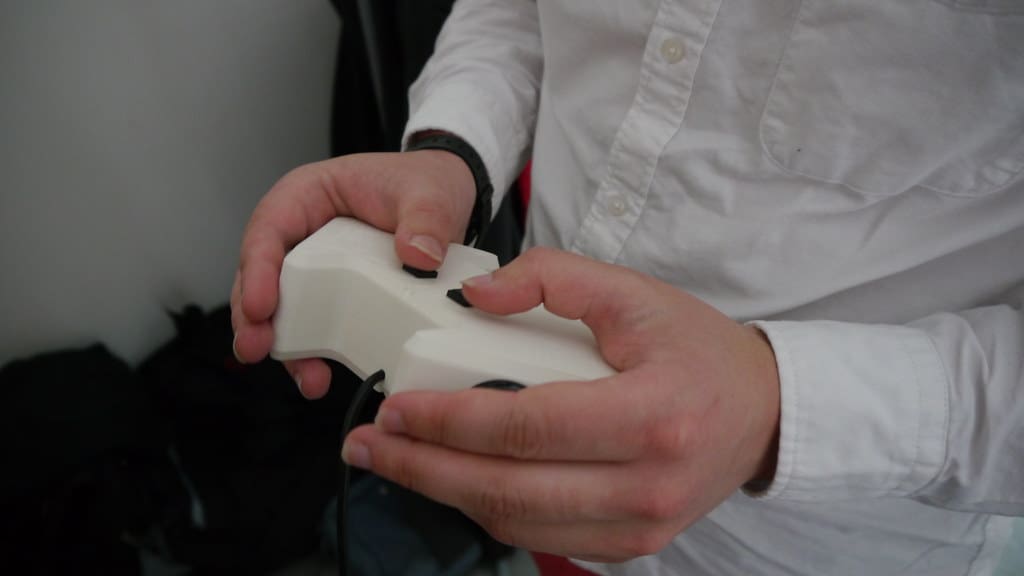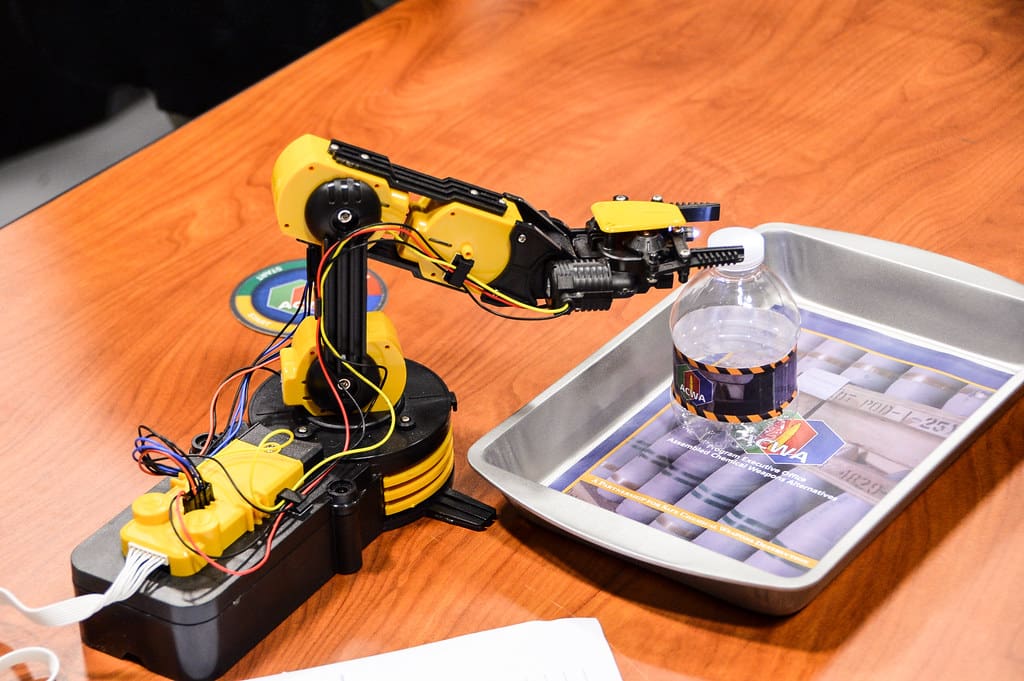Control systems engineering focuses on designing, developing, and implementing systems that manage, command, direct, or regulate the behavior of other devices or systems using control loops. It is integral to the automation and operation of machinery across various industries, including manufacturing, aerospace, and automotive. 3D printing, or additive manufacturing, has emerged as a transformative technology in this domain, offering unparalleled opportunities for innovation in the design and prototyping of components that form the backbone of control systems.
The Emergence of 3D Printing in Control Systems Engineering
Initially utilized for rapid prototyping, 3D printing has evolved into a fundamental tool for producing functional, precise components used in control systems. This shift is facilitated by advances in 3D printing technologies and materials that can meet specific engineering requirements, enabling the creation of parts with complex geometries, integrated functionality, and customized designs that are often impossible with traditional manufacturing techniques.

Advantages of 3D Printing in Control Systems Engineering
Complex Geometries and Integration: 3D printing allows for the production of components with complex internal geometries that traditional methods cannot achieve efficiently. This capability is especially beneficial for integrating multiple functions into single components, reducing size and assembly requirements.
Rapid Prototyping: The technology enables quick prototyping, allowing engineers to develop, test, and refine control system components rapidly. This accelerates the innovation process, enabling faster adaptation to new technologies or system requirements.
Customization for Specific Applications: 3D printing offers unparalleled customization, making it ideal for developing tailored solutions specific to the needs of a project or environment, such as custom sensor holders, actuator parts, and interface components.
Material Efficiency and Reduced Waste: Additive manufacturing builds objects layer by layer, using only the material necessary to create the part. This process significantly reduces waste compared to subtractive manufacturing methods, aligning with sustainability goals.
Key Applications of 3D Printing in Control Systems Engineering
Custom Enclosures and Mountings: 3D printing is utilized to create bespoke enclosures and mounting systems for control hardware that protect sensitive components from environmental factors and mechanical stress while ensuring that the system fits perfectly within the designated space.
Prototype Development of Control Devices: From novel actuators to sensors and transducers, 3D printing facilitates the development and testing of prototype devices that can later be refined and mass-produced using traditional manufacturing methods.
Interface and Dashboard Components: Control systems often require user interfaces that are ergonomic and specifically tailored to the operator or process. 3D printing can produce customized knobs, buttons, and housings that enhance the usability and aesthetics of control panels.
Integration of Multi-material Components: Advanced 3D printing techniques enable the integration of different materials within a single print run, allowing for parts with varied properties (e.g., rigid and flexible) that can enhance the functionality and durability of control system components.

Challenges in 3D Printing for Control Systems Engineering
Despite its potential, integrating 3D printing into control systems engineering presents several challenges:
Material Properties and Performance: The materials used in 3D printing must meet strict criteria for durability, heat resistance, electrical insulation, and more. Developing materials that fulfill these requirements while maintaining the advantages of 3D printing is ongoing.
Precision and Reliability: Ensuring high precision and reliability in printed components is crucial, especially for control systems in critical applications. Ongoing advancements in printer accuracy and material quality are required to address these concerns.
Scalability: While 3D printing is excellent for prototyping and small-scale production, scaling up to larger volumes often remains cost-prohibitive and technically challenging.
Regulatory and Standard Compliance: Components used in control systems, especially in sectors like aerospace and automotive, must comply with stringent regulatory standards. Certifying 3D-printed parts can be complex and time-consuming.
Future Directions in 3D Printing for Control Systems Engineering
The future of 3D printing in control systems engineering is promising, with continuous advancements likely to mitigate current challenges. Innovations in multi-material printing, increased precision, and faster production speeds are anticipated to broaden the applications of 3D printing, making it more integral to the field.
3D printing is set to continue its transformative impact on control systems engineering, offering innovative solutions that enhance design flexibility, reduce development time, and promote greater integration of system components. As the technology evolves, it promises to redefine traditional manufacturing approaches, leading to more efficient, effective, and customized control systems across various industries.








